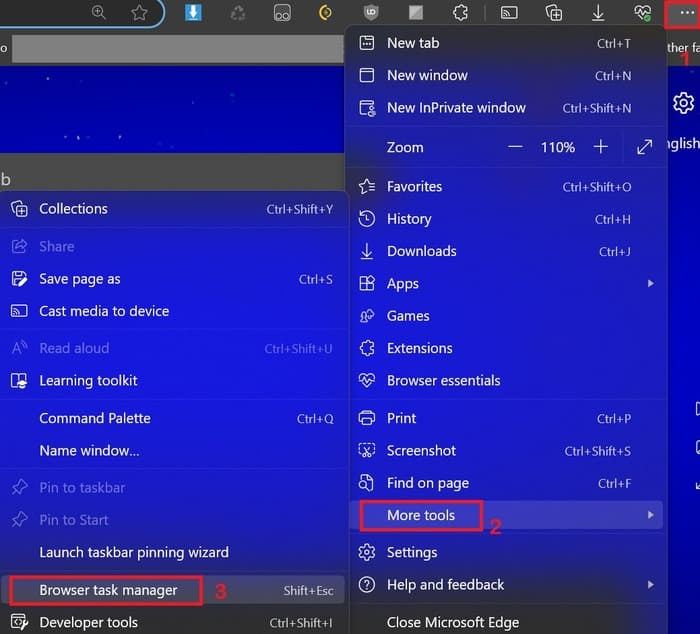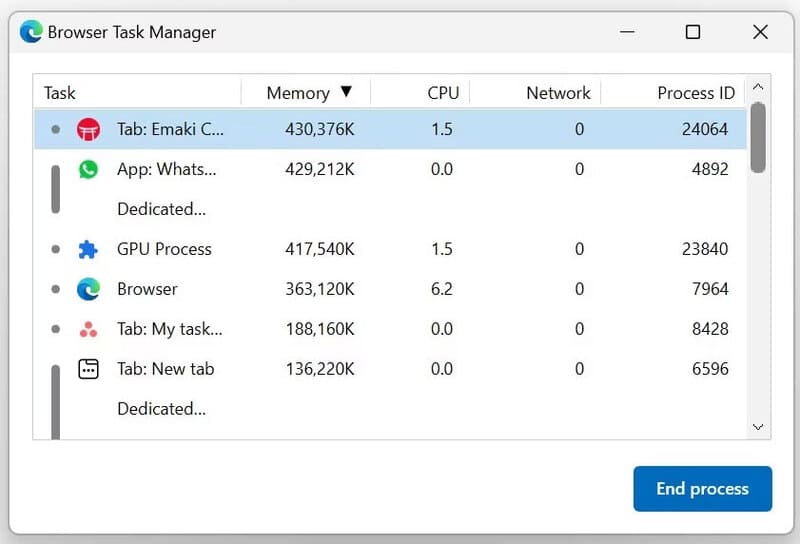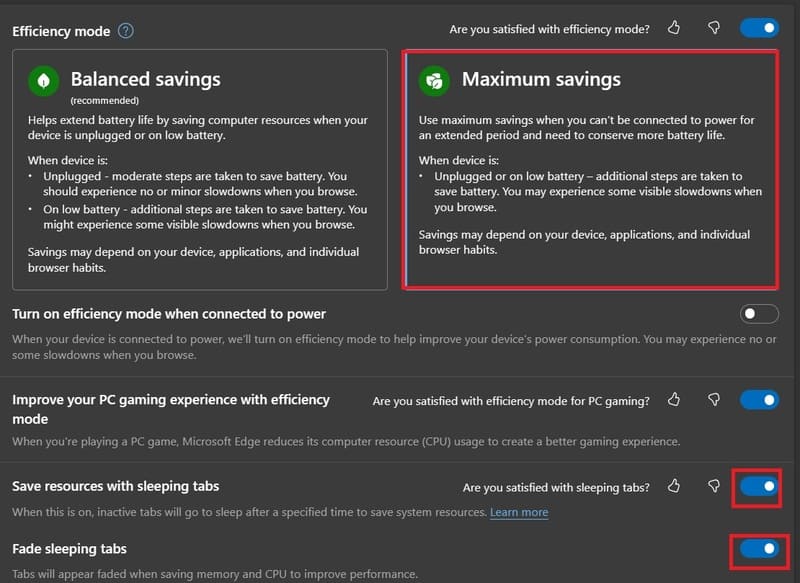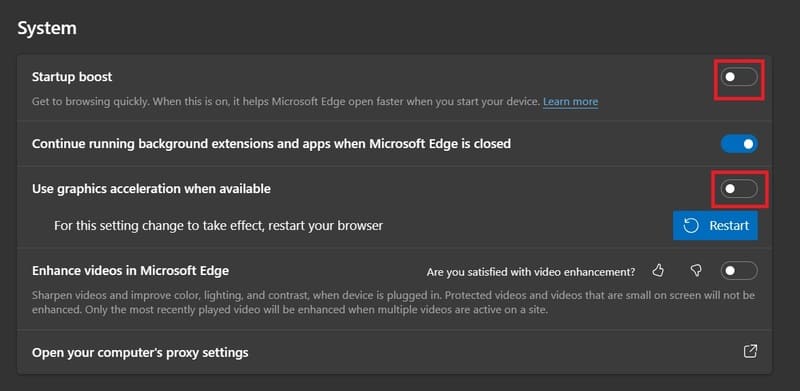Do you feel annoyed when the 'High Memory Usage Detected' message appears every time you use the Microsoft Edge browser? This means that some browser processes are using too much memory (RAM). Luckily, you can easily find out How to fix Microsoft Edge consuming RAM error as well as adjust some browser features to reduce memory usage.
| Join the channel Telegram belong to AnonyViet 👉 Link 👈 |
How to fix Microsoft Edge consuming RAM error
1. Overall assessment
Let's start the Microsoft Edge error repair process by performing the following check and fix steps:
- Close unused tabs
- Pause all active downloads.
- Make sure you have updated your browser.
If the above measures don't fix the problem and you still get the error message, try other measures to fix it.
2. Turn off resource-intensive activities.
Then, turn off activities that are using resources to free up memory. Built-in task manager Microsoft Edge will make this simple.
Step 1: Click on the three horizontal dots in the upper right corner.
Step 2: Select More tools > Browser task manager.

Step 3: Click the Memory column header to sort tasks by memory usage from high to low.

Step 4: Close the most unnecessary resource-intensive activities. Select the task you want to end and click the 'End process' button.
Make sure you don't kill important browser processes (like the GPU process or the browser process itself) and save your changes before closing any tabs.
3. Turn on Edge Efficiency Mode
Edge Efficiency Mode is designed to reduce power usage by reducing resource load. When enabled, this mode puts inactive tabs to sleep and optimizes the activities of other tabs to keep memory usage as low as possible.
Step 1: Click the three horizontal dots icon in the upper right corner and select Settings
Step 2: Go to the System and Performance tab on the left side.
Step 3: In the Optimize Performance section, turn on Efficiency Mode > Select 'Maximum Saving'. Also, make sure to enable the 'Save resources with sleeping tabs' features with 'Fade sleeping tabs'.

4. Turn off hardware acceleration and fast boot
Hardware acceleration reduces the pressure of some processing tasks on the CPU and uses special hardware such as GPU to process them, thereby enhancing browser performance. Similarly, the startup acceleration feature will preload some necessary processes to start the browser faster.
However, these features will use more memory. So you can free up system resources by disabling them.
Step 1: Click on the three horizontal dots icon in the upper right corner
Step 2: Select the 'System and performance' tab on the left side.
Step 3: In the System section, turn off the 'Startup boost' and 'Use graphics acceleration when available.'

5. Check for malware
Browser malware is often programmed to mine cryptocurrency or support other computational needs of cybercriminals. When your device is infected with malware, there will be a significant increase in memory usage as the malware uses your system resources.
To ensure your browser's safety, close all tabs after saving progress and restart the browser. Next, leave the browser in standby mode for a few seconds. Next, open a resource monitoring application like Windows Task Manager or macOS Activity Monitor and determine how much memory the browser uses while in idle mode.
If memory usage is high, even when no processes are running, your browser may be hacked or infected with a virus. So, scan your browser with security extensions or anti-malware applications and remove the hijackers.
6. Turn off browser extensions.
Disable all browser extensions and check to see if the issue is resolved. If so, it's possible that one or more of your browser extensions are using too much memory. To determine which extension is causing the problem, enable all extensions and then disable them one by one. While doing this, keep an eye on memory usage in your browser's task manager.
If disabling a particular extension suddenly reduces the memory used, that's what's causing the problem. So, disable or remove that extension forever.
7. Use patches specifically designed for browsers.
If after trying the troubleshooting methods it still doesn't work, you can clear your browser's cache to remove saved error information. If this isn't possible, try resetting your browser to check if an error in the settings is the cause. If both methods above fail, you can reinstall the browser from scratch.
Epilogue
How to fix Microsoft Edge consuming RAM error has been clearly presented through the above steps. Apply now to browse the web smoother and more efficiently! Good luck!










